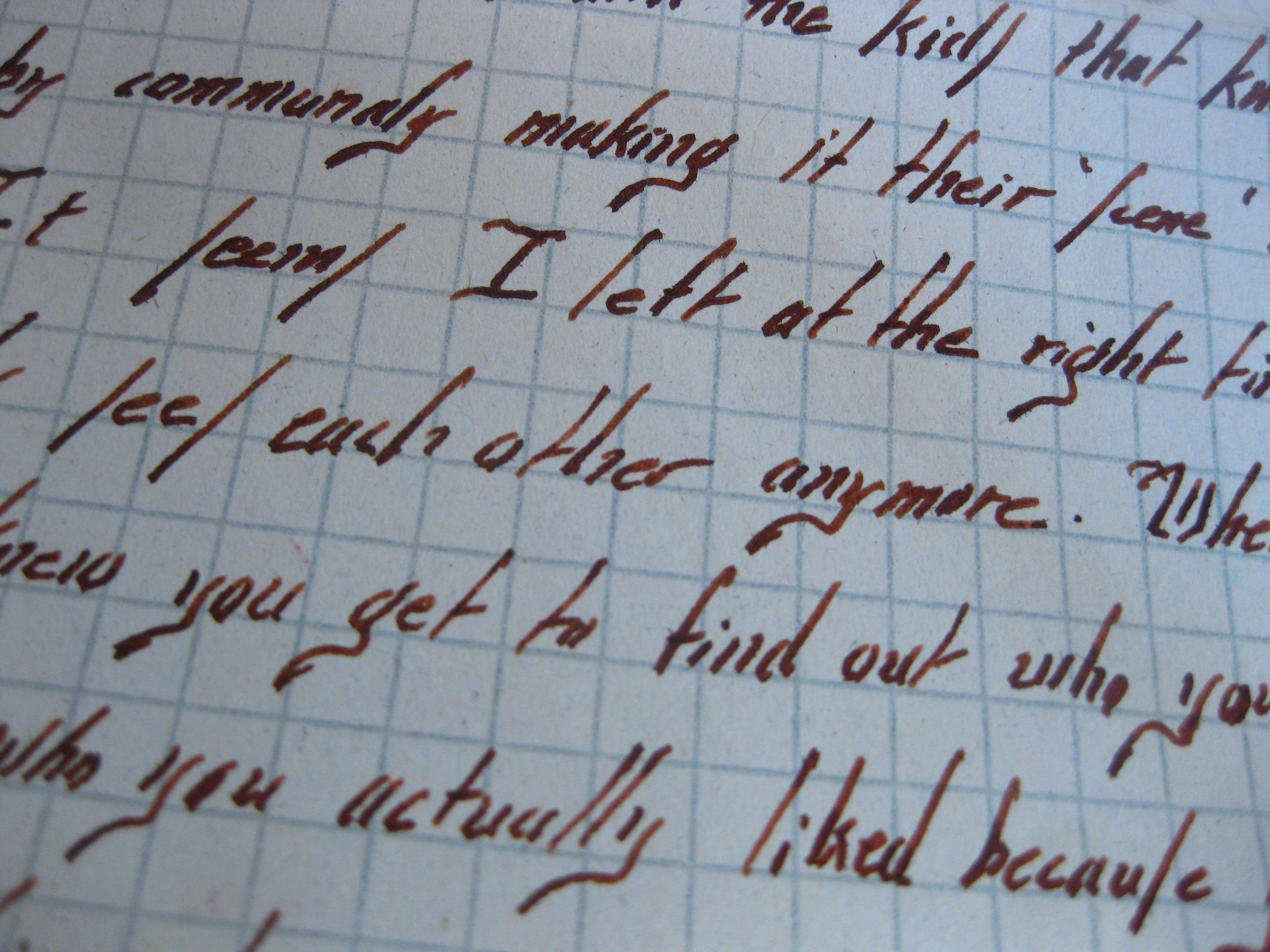Bryan Garner, author of A Dictionary of Modern American Usage, and a raft of other books on English language usage and style, calls the comma the least emphatic punctuation mark of all. While it may not have the impact of a period or semi-colon, marks that call for a full stop or pause, the comma’s primary role is a separator. And when it comes to clarity, that’s an important role.
Garner identifies nine uses for a comma. We’ve covered
We’ll finish this series with Garner’s final five.
- Qualifying adjectives
When more than one adjective is describing a noun, separate them with commas if both can be true of the noun.
John’s worn, red sweater won the award for the company’s annual Ugly Christmas Sweater contest.
Since John’s sweater is both worn and red, the qualifying adjectives are separated with a comma. Note the tip here. If the comma could be replaced with and, the comma is needed.
When the adjectives describe the noun in different ways, or one adjective describes the other no comma is needed.
Repainting the bright pink walls was the first item on the new homeowners to do list.
Bright modifies pink, not walls. No comma.
- Direct vs. indirect speech
When writing dialogue, use a comma to separate direct speech from indirect speech.
“My goodness,” Marjorie exclaimed, “look how that child has grown.”
- Participial phrase
Introductory participial phrases are set off with a comma.
Famished after their ten-mile hike, the scouts lined up early for dinner.
Waiting for the bank to open, Margaret caught up on Facebook.
No comma is needed if the sentence is inverted and the phrase immediately precedes the verb.
Facing down the monster was the prince himself.
- Salutation
I know it’s becoming a lost art—letter writing—that is. But should you have occasion to write a note or informal letter, insert a comma after the salutation. Dear John, Dear Sally,
That’s not a bad practice to carry over into those emails you dash off, either.
- Parts of an address
Separate the elements of an address, as well as dates, when they are run in the text.
The package was shipped to 758 Potter Street, Hamlin, Missouri, by mistake.
The Declaration of Independence was signed on July 3, 1776, not July 4.
Punctuation, like language itself, evolves over time. What was once a preference for more commas— “close” style, has given way to an “open” approach using fewer commas. Some have gone as far as saying, “When in doubt, leave it out.” Keep in mind that[bctt tweet=” the whole reason we use punctuation is to make our writing as clear as possible” username=””]. You’ll be on the right path if you adhere to Bryan’s nine uses.







No Comments